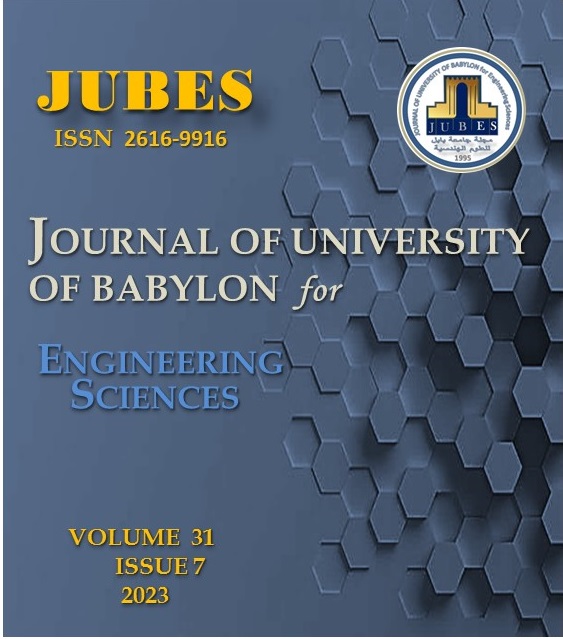Numerical Simulation of Production of Microspheres from Polymer Emulsion in Microfluidic Device towards using in Drug Delivery Systems
Main Article Content
Abstract
The production of microspheres from polymer emulsions using microfluidic devices has shown great potential for drug delivery applications due to their ability to encapsulate and release drugs in a controlled manner. In this study, the effects of velocity, density, viscosity, and surface tension, as well as channel diameter, on microsphere generation were investigated using Fluent Ansys software. The software was programmed with the physical properties of the polymer emulsion such as density, viscosity and surface tension. Simulation will then be performed to predict fluid flow and microsphere production and improve the design of drug delivery applications based on changes in these parameters. The effects of capillary and Weber numbers are also studied.
The results of the study showed that the size of the microspheres can be controlled by adjusting the speed and diameter of the channel. Narrower microspheres resulted from narrower channel widths and higher flow rates, which could improve drug delivery efficiency, while smaller microspheres resulted from lower interfacial surface tension. The viscosity and density of the polymer emulsion significantly affected the size of the microspheres, it`s higher viscosities and densities producing smaller microspheres.
The loading and drug release properties of the microspheres created with the microfluidic technique were also predicted. The results showed that the microspheres can efficiently encapsulate drugs and release them in a controlled manner over a period of time. This is due to the high surface area to volume ratio of the microspheres, which allows for efficient drug diffusion. The ability to tune the manufacturing process using factors such as speed, density, viscosity, channel diameter, and surface tension offers a potential opportunity to design drug delivery systems with greater efficiency and fewer side effects.
